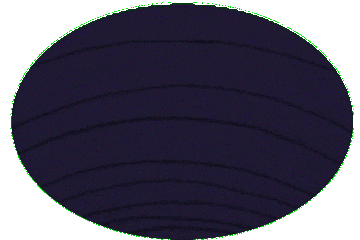Broadcasting
Broadcasting is the distribution of audio and audiovisual content to dispersed audiences via an electronic mass communications medium, typically using the electromagnetic spectrum (radio waves), in a one-to-many model. Broadcasting began with AM radio, which became popular around 1920 with the spread of vacuum tube radio transmitters and receivers. Before this, most implementations of electronic communication (early radio, telephone, and telegraph) were one-to-one, with the message intended for a single recipient. The term broadcasting evolved from its use as the agricultural method of sowing seeds in a field by casting them broadly about. It was later adopted for describing the widespread distribution of information by printed materials or by telegraph. Examples applying it to "one-to-many" radio transmissions of an individual station to multiple listeners appeared as early as 1898. Over-the-air broadcasting is usually associated with radio and television, though more recently, both radio and television transmissions have begun to be distributed by cable (cable television). The receiving parties may include the general public or a relatively small subset; the point is that anyone with the appropriate receiving technology and equipment (e.g., a radio or television set) can receive the signal. The field of broadcasting includes both government-managed services such as public radio, community radio and public television, and private commercial radio and commercial television. The U.S. Code of Federal Regulations, title 47, part 97 defines broadcasting as "transmissions intended for reception by the general public, either direct or relayed". Private or two-way telecommunications transmissions do not qualify under this definition. For example, amateur ("ham") and citizens band (CB) radio operators are not allowed to broadcast. As defined, transmitting and broadcasting are not the same. Transmission of radio and television programs from a radio or television station to home receivers by radio waves is referred to as over the air (OTA) or terrestrial broadcasting and in most countries requires a broadcasting license. Transmissions using a wire or cable, like cable television (which also retransmits OTA stations with their consent), are also considered broadcasts but do not necessarily require a license (though in some countries, a license is required). In the 2000s, transmissions of television and radio programs via streaming digital technology have increasingly been referred to as broadcasting as well.
This article uses material from the Wikipedia article "Broadcasting", which is released under the Creative Commons Attribution-Share-Alike License 3.0.
References
| Title | Summary | |
|---|---|---|
| Cimarron Broadcasting Corp | ... Harry Nilsson founded Cimarron Broadcasting Corp , a ... | |












